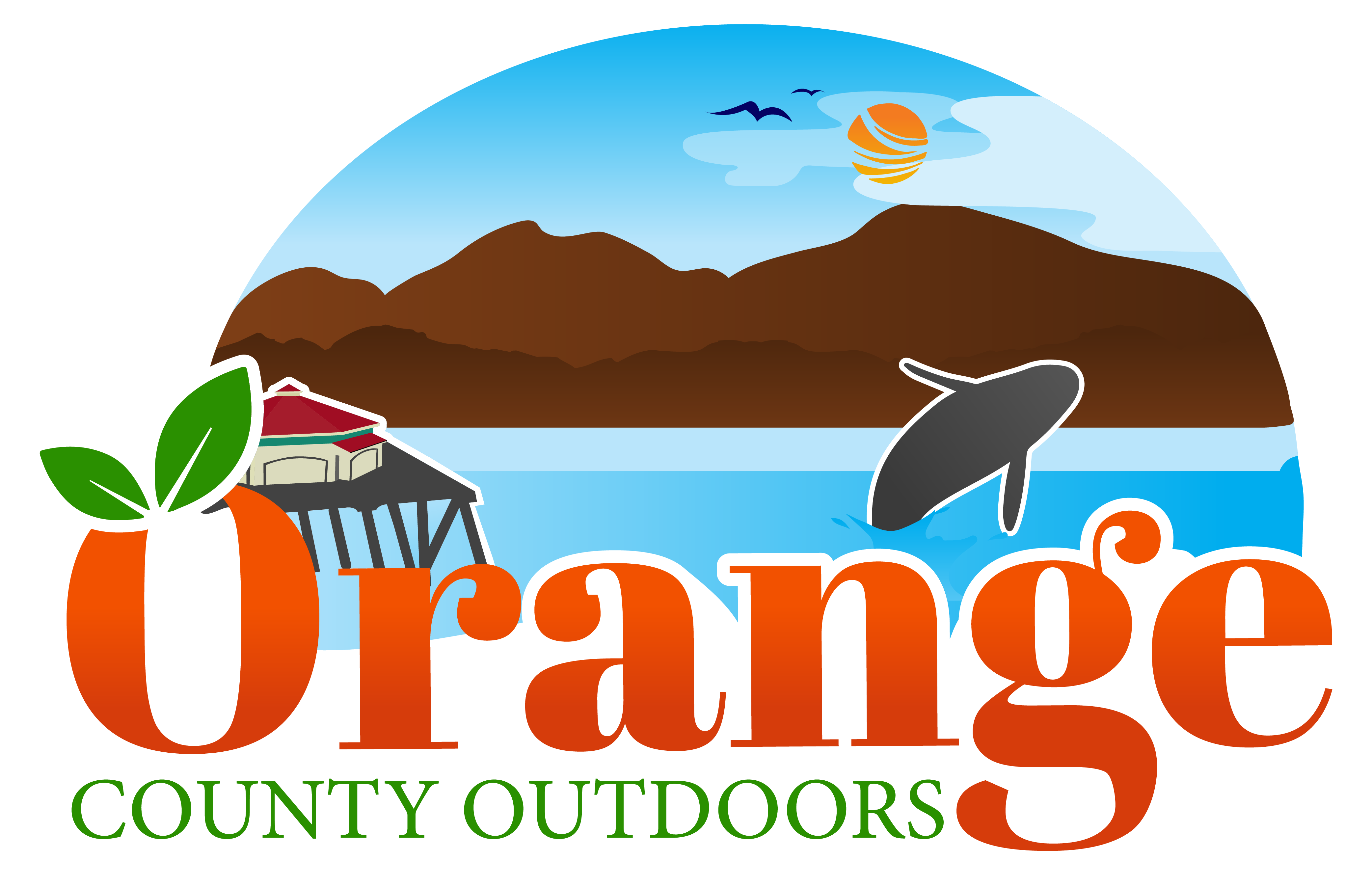What if you encounter poison oak?
While hiking near water sources, you should expect that you'll be brushing up against plants so you'll want to known what to avoid. You don't need to know every single type of plant but poison oak is the one you really should know how to differentiate.
Poison oak is typically found below waist height but it can grow alongside other plants and sometimes be found a little higher, it can also mimic its host plant by varying the shape slightly. In general, poison oak will always have 3 leaves so the easiest thing to remember is "leaves of three, let it be." Poison oak is usually green but can sometimes be orange or red depending on the season and water flow of nearby creeks.
How poison oak gets you is from the urushiol which is basically the oil that is on the exterior of the plant on the leaves and vines. When your skin makes contact with this urushiol, it transfers from the plant onto you. Once you get this oil on you, you'll notice itching within the same day.
Some people are immune to poison, about 15% of humans are immune and show little to no reaction to poison oak. However, it's thought that over time, repeated exposure can weaken that immunity. The only real way to know if you are immune to it is knowingly getting it on you and then not showing symptoms but even if you are immune, it's still best to avoid this plant.
After getting poison oak on you seeing that you are allergic, it's important to understand that it is not life threatening but it is very annoying and uncomfortable to deal with. You will be extremely itchy and likely have red bumps on the affected areas. The best thing you can do is try not to itch, it's very difficult to not itch yourself but just know that if you do start itching yourself, it will only make yourself more itchy so it's in your best interest to let it itch a little and just leave it be.
To help reduce the affects of poison oak, take a hot shower when you get home and use the hottest water you can possibly stand on the affected areas then use soap to scrub the area. You can also use anti-itching spray or cream to help reduce your willingness to itch yourself. You'll also want to wash the clothes you were wearing immediately because the oils from the plant can stay on them and affect other people or other parts of your body if touched. If you get blisters after a few days, it is simply your body healing and protecting yourself so don't itch them. If you pop a blister by itching it, the bacteria in your fingernails can infect the area.
If you have major symptoms or your symptoms last longer than a week, you should see a doctor.
